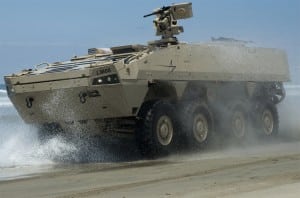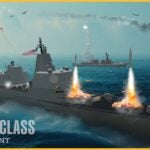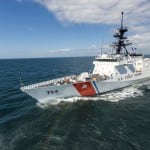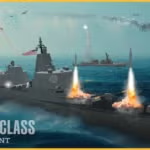
NATIONAL HARBOR, Md. – The Marine Corps is considering alternative concepts of operations for amphibious landings as its future force begins to take shape: the service expects to award a contract for its Assault Amphibious Vehicle upgrades soon and issue a request for information on its newly restructured Amphibious Combat Vehicle (ACV) this summer. The new ACV approach–in which the service will buy an initial 200 Increment 1.1 vehicles and later 490 Increment 1.2 vehicles with different variants of weapons…












